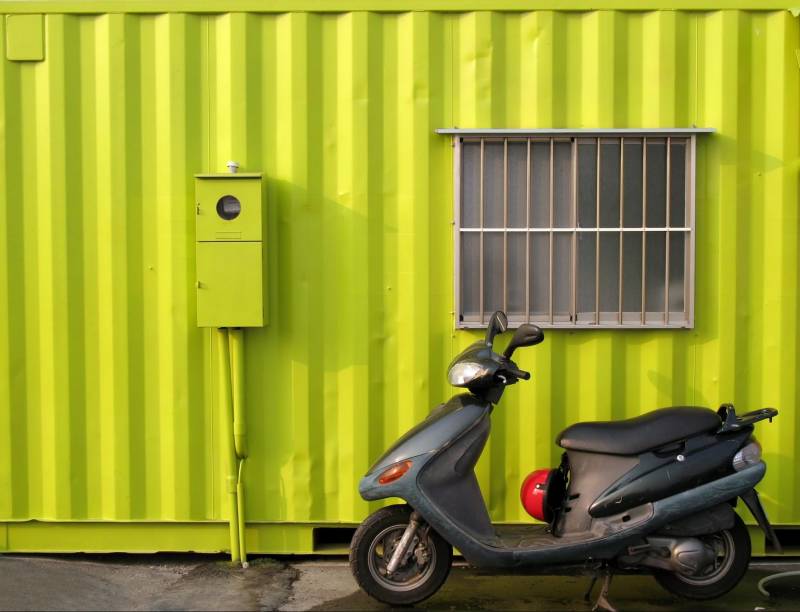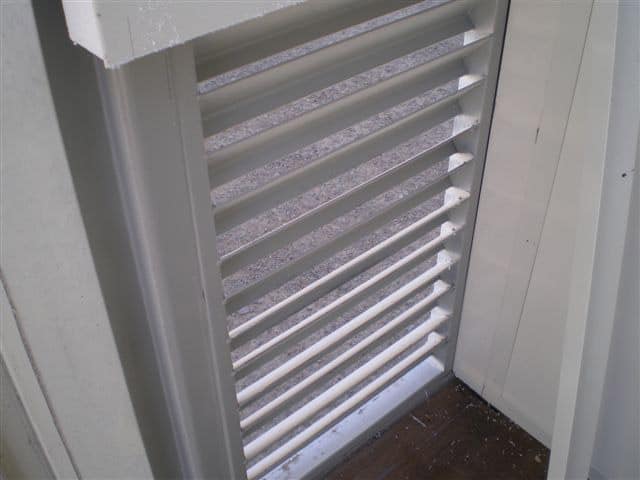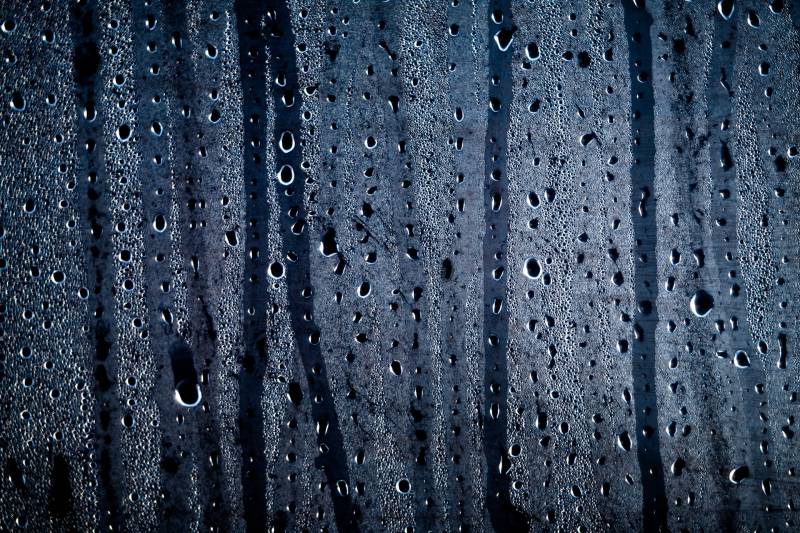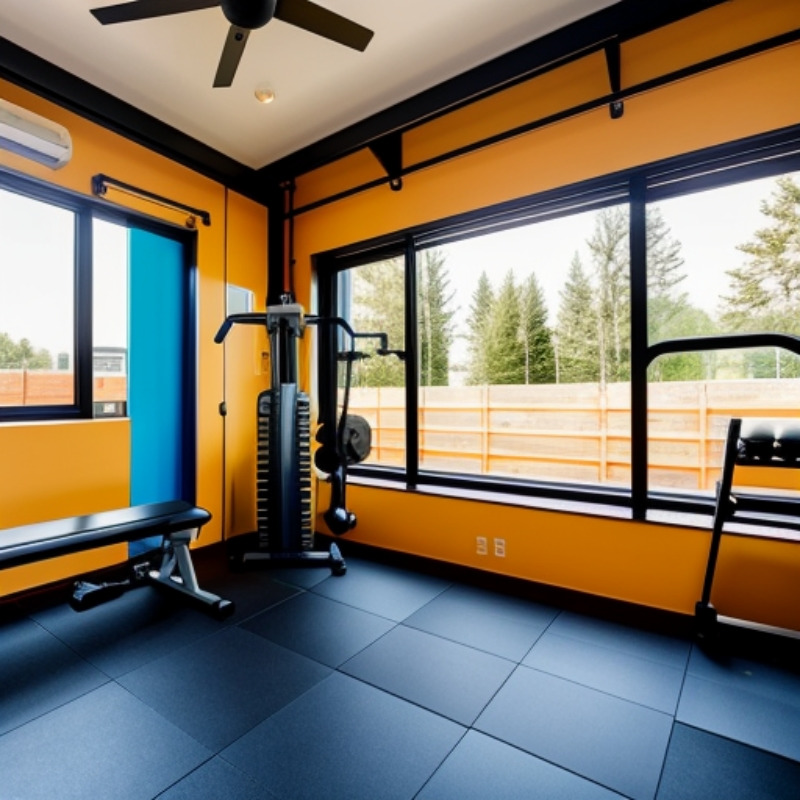Depending on your location, where your shipping container is situated, and the items you store inside it, you might find some moisture on the walls or floors. This is easy to get rid of and even easier to prevent.
In this blog post, we will discuss the six things you can do to avoid moisture buildup.
What causes moisture in shipping containers?
Condensation appears in a shipping container wherever there is a significant change in temperature between the interior and exterior. This can cause “container rain” or “container sweat”.
Container sweat occurs when the container walls are cooled to a temperature lower than the dew point of the air inside the container. This can result in moisture collecting and condensing inside the container or on its contents.
Many things can produce moisture in a shipping container:
1. The type of goods kept inside your container:
– Items such as paper, cardboard, wood, mattresses, and even books can store moisture inside them.
– The number of items stored inside your container can also be a big factor. Too much open space can increase the likelihood of moisture build-up.
2. A humid climate or a climate that has drastically fluctuating temperatures.
How to keep moisture out of storage containers?
Moisture control is something that needs to be done regularly in any standard shipping container. It doesn’t matter if your storage unit is sitting empty or not.
The easiest way to prevent moisture is to keep the inside of the container dry. If you have a small moisture problem, you can do this with an air conditioning unit. However, when there is a lot of moisture this isn’t going to be enough.

6 ways you can protect your shipping container from moisture:
1. Choose the right pallets
Did you know that your choice of pallets can affect the amount of moisture in your shipping container? Wooden pallets can be made from freshly cut wood or sit outside all winter, absorbing rain and moisture while exposed to the elements – ending up with a moisture content of anywhere from 35-60%.
Heat treating won’t even get rid of all the moisture. It might even make it worse. Consider using plastic pallets that don’t absorb water when storing or shipping goods in your shipping container.
2. Use desiccants to absorb ambient moisture
Using desiccants that absorb moisture is one of the best ways to prevent container rain. Desiccants are a substance that create and maintain a state of dryness inside of the container.
There are a wide range of options available, with the most common being silica, calcium sulphate, charcoal and calcium chloride. These remove moisture from the ambient air in the container, which lowers the dew point where water turns to liquid in the container – meaning less container rain or sweat, if any.
Desiccants do a great job of preventing condensation in containers. However, you must ensure that you use the correct amount, checking up on it to ensure that it is still doing the actual job and replacing it as necessary.
They can be applied in various ways, including poles installed on the container walls, dry bags placed on the floor, or special paint applied to the roof to prevent container rain.
Choose desiccants only when you are using the sort of cargo that suits them. While they might be great for a product packed in steel or cardboard, they are terrible for a product with moisture content, where absorbing this moisture can result in weight loss and a lower yield of product.
3. Insulate your container
For some products container insulation may be more appropriate and considerably cheaper than other alternatives, such as cladding the container’s interior. This shipping container modification keeps the contents warmer than the dew point and prevents extreme differences between the inside and outside of the container, so there’s no condensation.
Other options could include laying foil encased bubble wrap on the interior of the ceiling and walls, aluminium barriers on the floor or polystyrene insulation.
Insulation is excellent for keeping shipping container condensation away. But sometimes, you might need to take more drastic measures with a significant moisture problem.

4. Install ventilation
Ventilation helps prevent condensation by equalising the interior and exterior temperature of the container. Warm moist air is removed by ventilation, while the air of the same ambient temperature as outside is drawn in. This way, humidity levels inside your shipping container will remain stable, and condensation is less likely to form.
Ventilation can be installed in various ways, as detailed in our Gateway Guide to Container Ventilation. Whirly birds and grate style vents are both great options.

5. Keep things open as often as possible
If you’ve got the space, then you can keep the doors and windows open! Make sure it is secure so that no random people or animals can get in. Keep doing this as often as possible to ensure that your container isn’t storing up moisture.
6. Install a dehumidifier to remove moisture from the air
Dehumidifiers are ideal if a container is being used for long term storage and has ready access to a source of power. They will need to be emptied of water regularly or have a hose plumbed to the outside of the shipping container. You might also use a dehumidifier to reduce the moisture content in the wooden flooring before shipping or long term storage.
Small units (<$200) are pretty much pointless. You’ll need to get a larger unit ($300+) to remove shipping container condensation if you have an ambient moisture problem. A good dehumidifier will keep the humidity under 40%. You’ll have to decide how serious your condensation problem is but a good dehumidifier will solve it!
Here’s an option for a trusted brand of dehumidifiers:
Keep condensation out from the start
It’s crucial to address moisture issues in shipping containers as soon as possible. Protect your sensitive cargo and dry items, whether you’re in moist climates or extreme heat, with one or more of the cost-effective solutions we’ve outlined above.

Gateway’s container team are experts who are happy to answer any questions you may have related to shipping containers, and condensation. Talk to us today!




